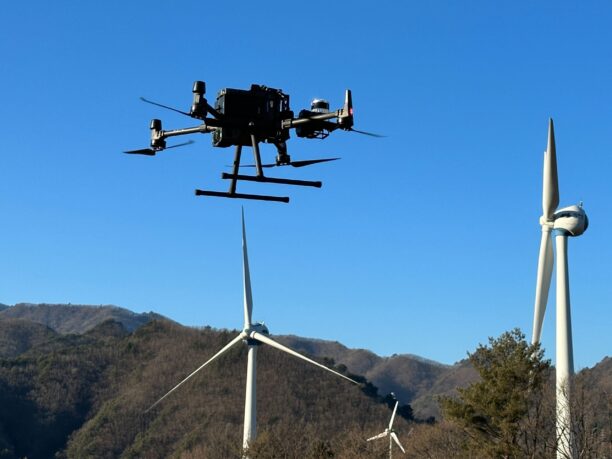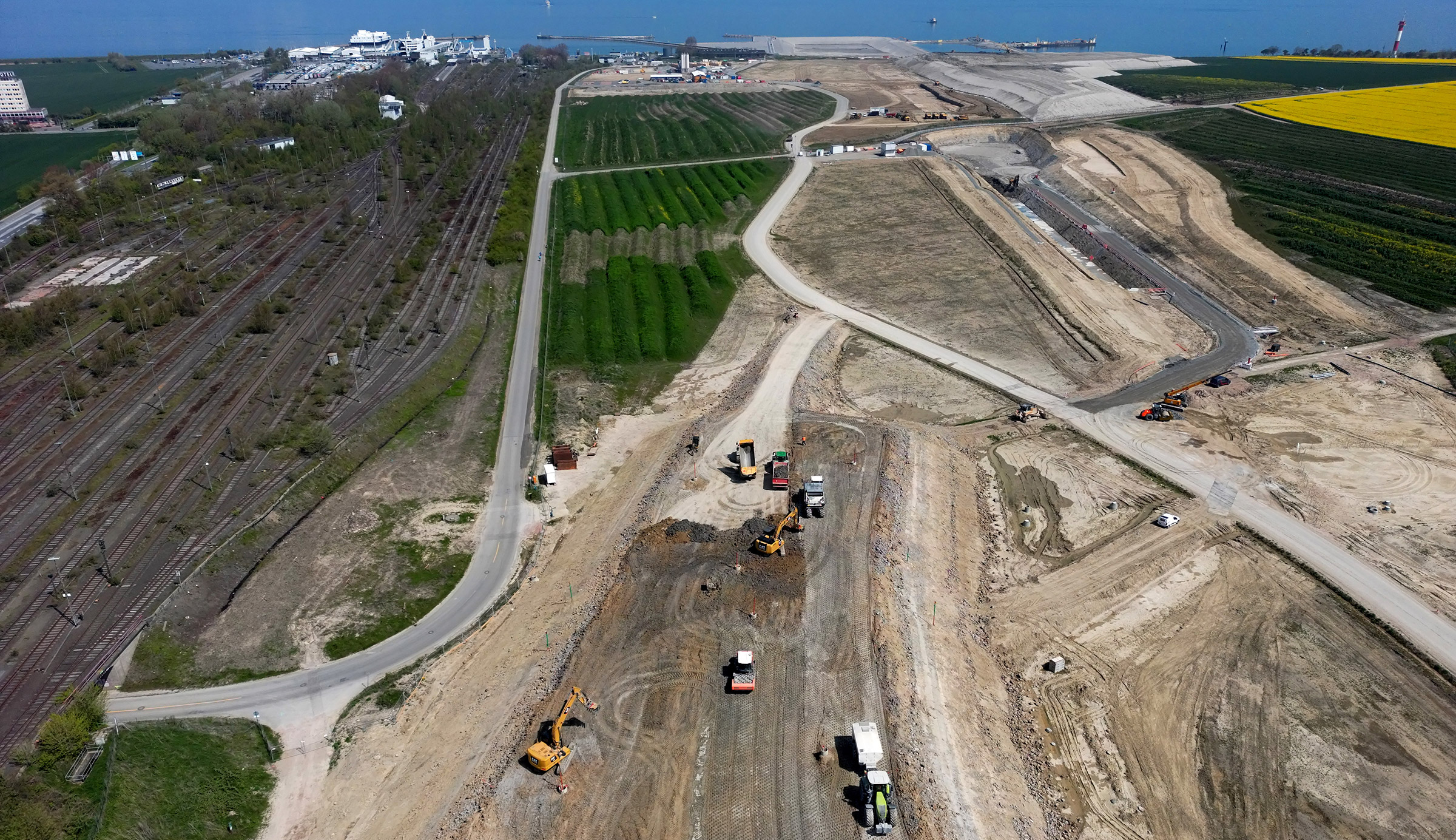
Introduction
In the realm of modern utilities and critical infrastructure, the integration of drone technology has emerged as a transformative force, revolutionizing the way essential systems are monitored and maintained.
From the towering electricity pylons to the majestic wind turbines that harness renewable energy, drones have become indispensable tools for inspections and assessments. These unmanned aerial vehicles enable efficient and cost-effective inspections, ensuring the integrity of infrastructure components while minimizing human risk.
Beyond conventional applications, drones are now deployed for gas detection inspections, monitoring highways and railways, and a myriad of other tasks that were once cumbersome or hazardous. As technology continues to advance, the marriage of drones and infrastructure maintenance promises to not only enhance the reliability and safety of vital systems but also redefine the scope of possibilities in both sectors.

Electricity Pylon Inspections
Utilizing drones equipped with LIDAR (Light Detection and Ranging) or thermal cameras and sensors for inspecting electricity pylons offers a plethora of benefits and advantages.
Firstly, these advanced technologies enable efficient and comprehensive inspections, allowing for the detection of potential issues such as corrosion, wear and tear, or damaged components that may not be visible to the naked eye. The ability to capture high-resolution images and data in real-time enhances the accuracy of assessments, facilitating early identification and timely maintenance, thus minimizing the risk of equipment failure or outages. Drones equipped with LIDAR can create detailed 3D models of the pylons, aiding in precise measurements and analysis.
Additionally, the use of drones significantly reduces the need for manual inspections conducted by human operators in potentially hazardous environments, improving overall safety and minimizing the associated risks. Overall, the integration of drone technology with advanced sensors enhances the reliability, speed, and safety of electricity pylon inspections, ultimately contributing to the robustness and resilience of the power infrastructure.

Wind Turbine Inspections
Employing drones equipped with LIDAR, thermal cameras, RGB imaging, and high-definition video capabilities for wind turbine inspections provides a comprehensive and advanced solution. The integration of LIDAR technology enables detailed 3D mapping, allowing precise measurements and early detection of structural issues in turbine components such as blades, nacelles, and towers.
Thermal cameras excel in identifying temperature variations, pinpointing potential electrical or mechanical malfunctions, while RGB images offer visual context and color details for identifying surface-level damages. High-definition video, coupled with real-time transmission, allows for dynamic and detailed inspections, enabling operators to remotely observe and analyze turbine structures with unprecedented clarity.
This technology not only enhances the accuracy and efficiency of inspections but also contributes to environmental sustainability. The use of low carbon footprint drone technology minimizes the ecological impact of inspections, as these unmanned aerial vehicles are energy-efficient and produce significantly fewer emissions compared to traditional inspection methods involving manned aircraft or ground vehicles.
By reducing the need for human-operated machinery and minimizing travel requirements, drone inspections lower the overall carbon footprint associated with wind turbine maintenance activities. This aligns with the broader goals of the renewable energy sector to operate in an environmentally friendly manner.
Therefore, the integration of advanced drone technologies not only improves the reliability and performance of wind turbines but also aligns with the industry’s commitment to sustainable practices, making wind energy an even more eco-friendly and viable alternative to conventional power sources. The combination of precise inspection capabilities and a reduced environmental impact positions drone technology as a key enabler for advancing the sustainability and efficiency of wind energy operations.

Drones in Highway Infrastructure Inspections
Integrating drones equipped with LIDAR or thermal cameras and sensors for large-scale infrastructure inspections, such as highways, offers a multitude of benefits and advantages. Firstly, these advanced technologies enhance the efficiency and accuracy of inspections by providing detailed, real-time data, allowing for a comprehensive assessment of the infrastructure’s condition.
LIDAR enables high-precision mapping, identifying subtle changes or damages that may go unnoticed with traditional methods. Thermal cameras excel in detecting variations in temperature, addressing issues like insulation problems. Moreover, utilizing drones reduces the need for manual labor in perilous environments, ensuring the safety of inspection teams. The swift and cost-effective deployment of drones facilitates frequent monitoring, enabling proactive maintenance and minimizing the risk of catastrophic failures.
Additionally, the unique bird’s eye view provided by drones equipped with these technologies enables the detection of security issues and health and safety concerns. The elevated perspective allows for the identification of potential threats or vulnerabilities in the infrastructure, enhancing overall site security.
Simultaneously, health and safety issues, such as unauthorized personnel access or hazardous conditions, can be swiftly detected and rectified. The real-time monitoring capability empowers on-site personnel to address these issues promptly, minimizing risks and ensuring a safer working environment.
The integration of LIDAR and thermal cameras with drones not only contributes to efficient inspection and project management but also plays a crucial role in enhancing security measures and maintaining a high standard of health and safety on-site.

Drones in Rail Network Inspections
Drones equipped with advanced technologies, particularly LiDAR, have revolutionized railway infrastructure inspection, positively impacting both trackside maintenance and the health and safety of workers.
These unmanned aerial vehicles provide a cost-effective and efficient solution, navigating challenging terrains to inspect tracks, sidings, bridges, and other critical components. Automated flight planning makes the process simple and repeatable, ensuring consistent coverage and data collection.
The use of high-definition images and video enhances the accuracy of inspections, allowing for a detailed analysis of potential issues. By deploying drones, railway operators can significantly reduce the need for manual inspections, minimizing the exposure of workers to hazardous trackside conditions.
This proactive approach not only improves safety but also enhances the overall efficiency of maintenance operations, identifying and addressing concerns in a timely manner. The integration of drone technology in railway infrastructure inspection represents a pivotal shift towards a safer, more cost-effective, and technologically advanced approach to maintenance.
